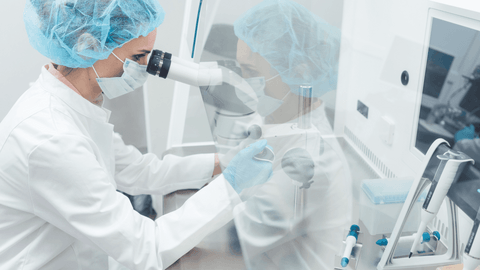Egg Freezing Process
Embryos are the cornerstone of the pregnancy process. The difference between eggs and sperm is that fertilisation has already taken place in the case of eggs. Embryos are frozen so that they can be used at a later stage.

What is Egg Freezing?
Egg freezing is another option for women who do not plan to start trying to get pregnant soon but are worried that they might be approaching fertility problems in the future. The process of egg freezing involves collecting and storing a woman’s eggs so they can be used in future fertility treatment.
Opportunity to conceive naturally will decrease with age due to quantity and quality of eggs. Egg freezing can help women preserve their fertility by freezing their eggs when they are young and quality of eggs is high.
Who Needs Egg Freezing?
The woman can consider egg freezing in few cases:
- If she will have surgery that may damage her ovaries;
- If she has a medical condition or needs treatment for a condition that will affect her fertility;
- If she has a risk of premature ovarian failure or premature menopause that is caused by chromosomal abnormalities. The most common of these are Turner syndrome and fragile X syndrome;
- If she has an ovarian disease, that can cause the ovaries to be damaged;
- If she has genetic mutations that require removing the ovaries;
- If she is not ready to have a child and has not found the right partner, it makes sense to think about freezing eggs.
The Process of Egg Freezing
The process of egg freezing consists of 4 steps:
Step 1: Appointment with a specialist
The patients visit the clinic for a consultation with a fertility specialist and an embryologist. A set of medical tests are performed to determine the woman's fertility status and preference for such diseases as HIV and hepatitis to understand if a woman is eligible for in vitro fertilization (IVF) treatment.
Step 2: Preparation for hormonal stimulation
Patients are provided with medications that aim to enhance hormonal stimulation, which increases the number of matured eggs available for preservation.
Step 3: Egg Collection
The eggs are extracted through an egg-retrieval process - a daycare procedure requiring sedation.
Step 4: Egg Freezing
Once eggs are retrieved, they are usually frozen using a vitrification process. The eggs are generally frozen for one year, but the duration of storage can be extended with the couple's consent.
References:

